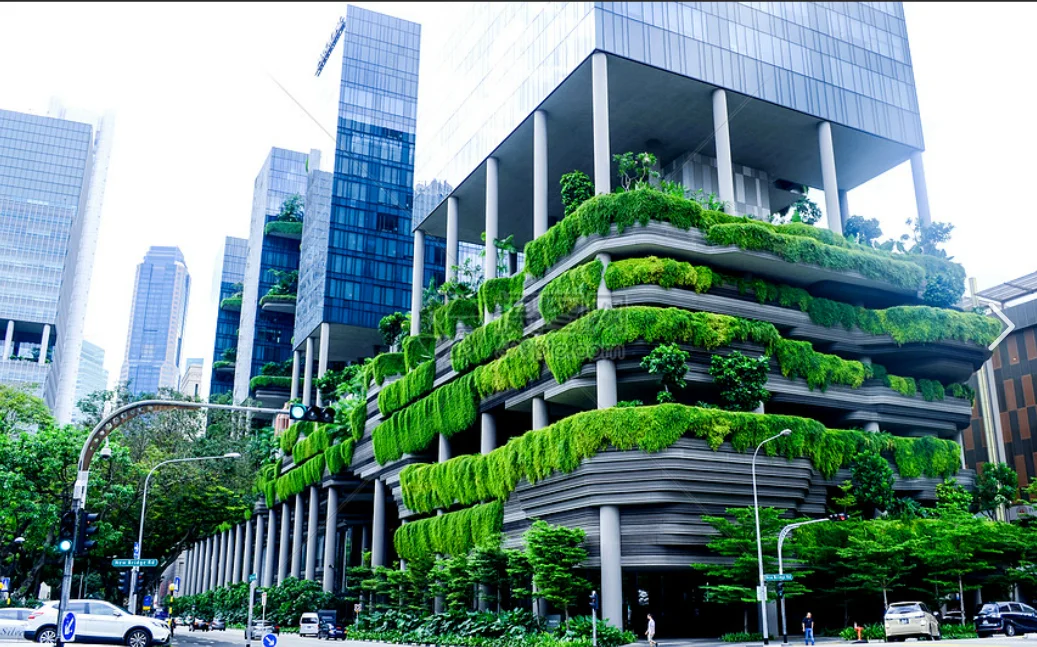Building Walls: A Comprehensive Guide to Materials and Their Applications
When it comes to construction, the choice of materials used to build walls is pivotal. Walls serve not only as structural elements but also as barriers against environmental factors, providing insulation, soundproofing, and aesthetic appeal. In this article, we will explore the various materials used in wall construction, their properties, advantages, and applications, ensuring a thorough understanding for architects, builders, and homeowners alike.
- Traditional Materials: Brick and Stone
Brick and stone have been the cornerstone of wall construction for centuries.
- Brick: Made from clay and fired in kilns, bricks are known for their durability and thermal mass. They can absorb heat during the day and release it at night, making them energy-efficient. Additionally, bricks are fire-resistant and require minimal maintenance. They are available in various sizes, colors, and textures, allowing for creative architectural designs.
- Stone: Natural stone, such as granite, limestone, and sandstone, offers unparalleled strength and aesthetic appeal. Stone walls are often used in high-end residential and commercial buildings due to their longevity and unique appearance. However, the cost of stone can be significantly higher than other materials, and the installation process is labor-intensive.
- Modern Materials: Concrete and Steel
With advancements in technology, concrete and steel have become popular choices for wall construction.
- Concrete: This versatile material can be poured into molds to create solid walls or used in precast panels. Concrete walls provide excellent insulation and are resistant to pests, fire, and weather. They can be reinforced with steel to enhance their structural integrity. Additionally, concrete can be finished in various ways, including painting, staining, or applying decorative textures.
- Steel: Known for its strength-to-weight ratio, steel is often used in commercial and industrial buildings. Steel framing allows for larger open spaces and can be combined with other materials, such as glass or concrete, for aesthetic purposes. However, steel is susceptible to corrosion, necessitating protective coatings or treatments.
- Sustainable Options: Wood and Bamboo
As sustainability becomes a priority in construction, wood and bamboo are gaining traction as eco-friendly wall materials.
- Wood: Timber is a renewable resource that offers natural insulation properties. It is lightweight, easy to work with, and can be sourced sustainably. However, wood is vulnerable to pests and moisture, requiring proper treatment and maintenance. Engineered wood products, such as plywood and oriented strand board (OSB), provide enhanced durability and stability.
- Bamboo: This fast-growing grass is an excellent alternative to traditional wood. Bamboo is strong, lightweight, and has a low environmental impact. It can be used in various forms, including laminated panels and structural beams. However, bamboo's availability may be limited in certain regions, and its performance in extreme weather conditions needs further research.
- Innovative Materials: Insulated Panels and Rammed Earth
The construction industry is continually evolving, leading to the development of innovative wall materials.
- Insulated Panels: These panels consist of a core of insulating material sandwiched between two layers of structural material, such as metal or concrete. They offer superior thermal performance, reducing energy costs and improving comfort. Insulated panels are commonly used in commercial buildings and cold storage facilities.
- Rammed Earth: This ancient technique is experiencing a resurgence due to its sustainability and thermal mass properties. Rammed earth walls are created by compacting a mixture of soil, sand, and gravel into forms. They provide excellent insulation and can regulate indoor temperatures. However, the construction process is labor-intensive and requires skilled labor.
Conclusion
The choice of materials for wall construction is influenced by various factors, including structural requirements, environmental conditions, and aesthetic preferences. Understanding the properties and applications of different materials is crucial for making informed decisions in building design and construction. Whether opting for traditional materials like brick and stone, modern options like concrete and steel, or sustainable choices like wood and bamboo, each material offers unique benefits that can enhance the functionality and beauty of a structure. As the industry continues to innovate, staying informed about emerging materials will be essential for architects and builders aiming to create sustainable and resilient buildings.




